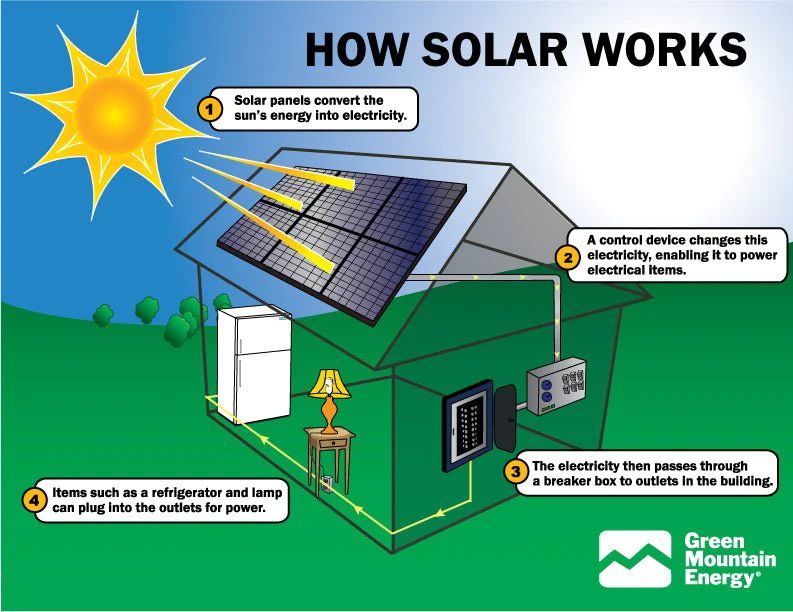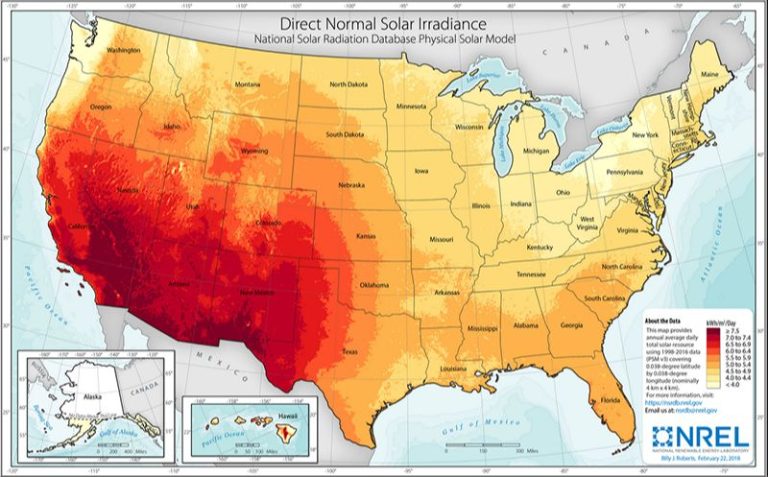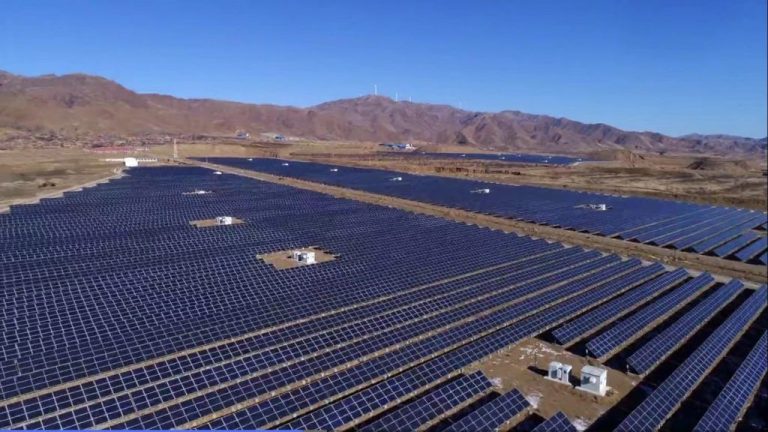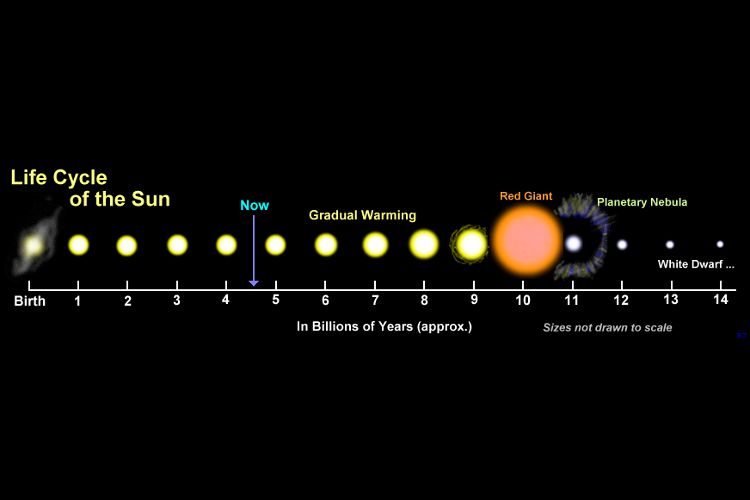Is Solar Energy From Heat Or Light?
Solar energy is one of the most promising renewable energy sources available today. It offers a clean, abundant, and renewable way to generate electricity and heat homes and businesses. Yet there has long been an interesting debate around what exactly gives solar energy its power – heat or light.
On one side, some argue that solar energy ultimately comes from the heat of the sun. The sun produces energy through nuclear fusion reactions in its core, which emits thermal radiation that travels the 150 million kilometers to Earth. From this perspective, solar energy technologies like photovoltaics and solar thermal systems are powered by converting the heat energy from the sun into useful energy like electricity.
On the other side, some claim that solar energy comes from the light of the sun. Solar technologies like solar cells directly convert photons – packets of light energy – from sunlight into electricity through the photovoltaic effect. This suggests that solar energy originates from light rather than heat.
So which is it – does the power of the sun come from its heat or its light? Let’s take a deeper look at this debate and the science behind solar energy.
The Solar Spectrum
The sun produces a wide spectrum of electromagnetic radiation, ranging from high-energy ultraviolet rays to lower energy infrared waves. This is known as the solar spectrum. There are three main types of solar radiation that reach the Earth’s surface:
- Ultraviolet (UV) – Although ultraviolet light from the sun allows for sun tanning and vitamin D production, overexposure can damage DNA and cause health issues. UV light has wavelengths shorter than visible violet light.
- Visible Light – As its name suggests, this is the light that human eyes can see. It includes all the colors of the rainbow. Visible sunlight allows plants to photosynthesize and drives Earth’s weather and climate.
- Infrared – Infrared light has longer wavelengths than visible red light. Infrared radiation is experienced as heat that we feel from sunlight. It also drives Earth’s global heating and atmospheric dynamics.
So in summary, the sun’s emissions span ultraviolet, visible light, and infrared radiation. Each type has different wavelengths and energy that interact with the Earth’s surface and atmosphere in unique ways.
Photovoltaics and Solar Thermal

There are two main types of solar technology that utilize the sun’s energy in different ways. Solar photovoltaic panels, commonly known as solar panels, convert sunlight directly into electricity. They are made up of solar cells, usually created from silicon, that absorb photons from sunlight and convert that light energy into electricity through the photovoltaic effect. The generated electricity can be used to power homes, buildings, and grids.
Solar thermal collectors, on the other hand, absorb heat from the sun’s rays to heat up water or other fluids that can be used for domestic hot water, heating of buildings, or concentrated solar power generation. Solar thermal systems utilize various technologies like flat plate collectors, evacuated tube collectors, and concentrating collectors to absorb, concentrate and convert solar radiation into thermal energy. The absorbed heat warms up the transfer medium which is then used directly or converted into steam to spin a turbine and generate electricity.
So in summary, photovoltaics convert sunlight directly into electrical energy through solar cells while solar thermal systems utilize the sun’s heat through various collector technologies for water heating, space heating or power generation. The key difference lies in photovoltaics generating electricity from light while solar thermal harnessing heat from the sun’s rays.
The Importance of Wavelength
Light’s energy is directly related to its wavelength. Wavelength refers to the distance between consecutive crests or troughs in a light wave. The shorter the wavelength, the higher the frequency and energy of the light. Infrared light, for example, has longer wavelengths and lower frequencies than visible light from the sun.
When sunlight hits a solar cell, photons with high enough energies can knock electrons loose, creating an electric current. Photons in visible light have enough energy to free electrons, while lower energy infrared photons do not. This is why solar panels can convert visible sunlight to electricity, but not infrared heat.
Likewise, solar thermal collectors can absorb infrared wavelengths well due to their longer wavelengths and better penetration depth. But higher energy ultraviolet light would just pass right through. So a solar thermal system relies more on the infrared portion of sunlight to collect heat.
So in summary, wavelength determines the energy of light and which solar technologies can utilize it. Shorter visible wavelengths power solar photovoltaics, while longer infrared wavelengths provide solar heating.
Powering Solar Technology
Solar power technologies utilize the sun’s rays in different ways. Photovoltaic panels, also known as solar panels, convert sunlight directly into electricity using the photovoltaic effect. They are made of semiconductor materials like silicon that release electrons when they absorb photons from sunlight. This generates an electric current that provides usable electricity. Photovoltaics capture the visible and ultraviolet light from the sun, but allow infrared wavelengths to pass through as heat.
In contrast, solar thermal technologies use the sun’s heat to warm air, water, or other fluids. They often use mirrors or lenses to concentrate the infrared radiation from sunlight onto a receiver. The heated fluid can be used directly for technologies like solar water heating, or it can be used to generate electricity via a heat engine or turbine. So while photovoltaics utilize the visible and UV light from the sun, solar thermal harnesses the infrared heat to produce usable energy.
So in summary, solar power utilizes both the light and heat from the sun’s rays, just in different ways. Photovoltaics use the visible and UV light through the photoelectric effect, while solar thermal systems use the infrared heat to warm fluids.
The Debate
There has been an ongoing debate over whether solar energy comes from light or heat. Both sides have valid points in this discussion.
On the light side, they argue that solar energy technologies like photovoltaics directly convert light into electricity. Solar cells in panels absorb photons from sunlight and this energy excites electrons, generating an electric current. This process does not involve heat. So in that sense, solar power comes from light.
However, those on the heat side counter that light itself does not contain energy. What carries energy is the heating effect of solar irradiation. All light that hits a solar cell ultimately generates heat. This heat is what gives electrons enough energy to move and produce electricity. So in that respect, solar energy comes from heat.
While the debate continues, each perspective has merit. Solar energy production involves complex interactions between light photons and heat energy. The distinction between light and heat is not always clear when examining solar power generation at a microscopic level.
A Matter of Semantics
Note that it’s largely a semantic debate, as sunlight contains both heat and light. But photovoltaics do specifically convert light (photons) into electricity, while solar thermal captures heat to warm water or air.
When people ask whether solar energy comes from heat or light, they’re really asking about the different solar technologies – photovoltaics versus solar thermal. Photovoltaics convert photons into electricity through the photovoltaic effect, while solar thermal uses the sun’s heat to warm water or air.
So in a sense, solar photovoltaics run on light, while solar thermal runs on heat. But the original source is sunlight, which contains both heat and light. The difference lies in which part of the spectrum the devices utilize.
The Takeaway
To summarize, solar energy utilizes both light and heat from the sun’s radiation. The specific source of the energy – light or heat – depends on the solar technology in question. Photovoltaic solar panels operate based on photons of sunlight exciting electrons in materials like silicon, generating an electric current through the photovoltaic effect. Meanwhile, solar thermal technologies like concentrated solar power plants use mirrors or lenses to concentrate the sun’s heat energy to drive a heat engine. So in a sense, the debate over whether solar energy comes from light or heat is a matter of semantics. Both visible light and infrared heat are components of solar radiation that can be harnessed through different technologies.
Other Considerations
While sunlight wavelength determines whether energy is harvested as heat or electricity, there are other factors that affect overall solar energy efficiency. These include:
- Sunlight intensity – The brighter the sunlight, the more solar energy available to be converted. Cloudy days diminish intensity.
- Angle of incidence – The angle at which sunlight hits a solar panel impacts efficiency. Solar panels are most effective when pointed directly at the sun.
- Geography – Solar potential varies based on latitude and regional climate. Ideal solar locations are closest to the equator and receive consistent sunny weather.
- Time of day – The sun’s position in the sky changes throughout the day, altering the angle of incidence. Solar panels can track the sun to maximize energy capture.
While the wavelength of sunlight determines the conversion method, these supplemental factors impact the total amount of solar energy that can be harvested.
Conclusion
As we’ve discussed in depth, solar energy comes from both heat and light from the sun. Though there are different technologies that utilize the sun’s light spectrum or thermal radiation, the original source is the fusion reactions in the sun’s core that produce electromagnetic waves across a broad spectrum.
Photovoltaic cells rely on particles of light called photons to generate electricity, while solar thermal collectors absorb infrared radiation in the form of heat. But both ultimately depend on the sun’s light and heat. So in that sense, solar energy relies on the full spectrum radiation emitted by the sun, including visible light, ultraviolet light and infrared heat.
Some may argue solar energy comes from only light or only heat, but upon closer inspection we find it comes from both. The key is recognizing that light and heat are part of the same electromagnetic spectrum originating from the sun. So while we harness them differently here on Earth, they are intrinsically linked in their solar origins.







